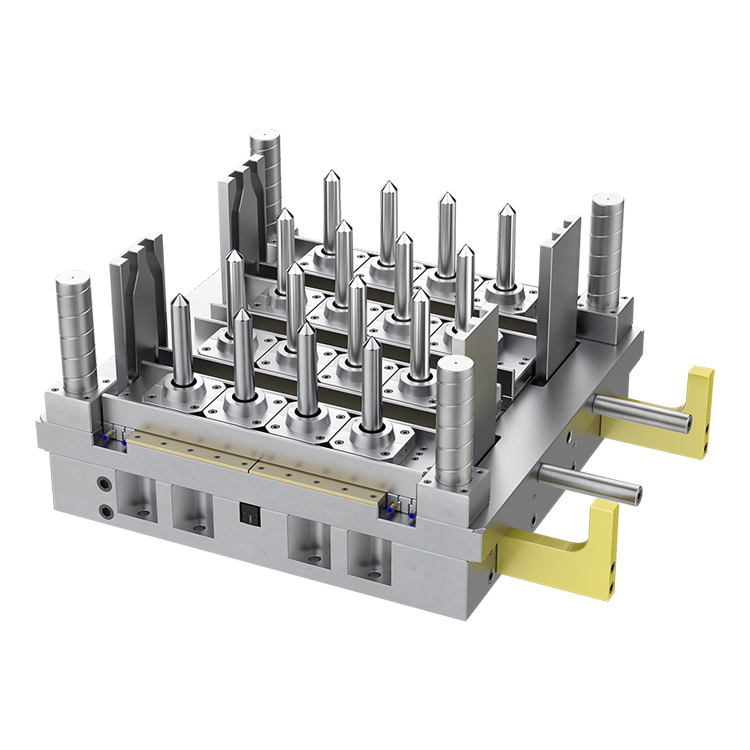What material makes the PET preform mould better?
2024-03-08
The material choice for PET preform molds depends on various factors such as durability, heat resistance, surface finish requirements, and cost-effectiveness. Some common materials used for PET preform molds include:
1. Tool Steel: Tool steels such as P20, H13, and 420 stainless steel are commonly used for PET preform molds due to their excellent wear resistance, toughness, and machinability. These materials can withstand the high temperatures and pressures involved in the injection molding process and provide good surface finish quality.

2. Aluminum: Aluminum molds are lightweight, have good thermal conductivity, and can be machined quickly, making them suitable for rapid prototyping or low-volume production of PET preforms. However, aluminum molds may wear out faster than steel molds and may not be as durable for high-volume production.
3. Beryllium Copper: Beryllium copper alloys, such as C17200, offer high thermal conductivity, excellent wear resistance, and good machinability. These properties make them suitable for producing PET preform molds with intricate geometries and high surface finish requirements.
4. Hardened Tool Steel with Coatings: Some PET preform molds are made from hardened tool steel and then coated with materials such as titanium nitride (TiN) or chromium nitride (CrN) to improve wear resistance, reduce friction, and extend the mold's lifespan.
5. Nickel-Based Alloys: Nickel-based alloys like Inconel or Hastelloy are sometimes used for PET preform molds in applications where corrosion resistance and high-temperature performance are critical, such as when molding abrasive or corrosive materials.
Ultimately, the choice of material for a PET preform mold depends on the specific requirements of the application, including production volume, part complexity, surface finish requirements, and budget constraints. It's essential to select a material that balances performance, durability, and cost-effectiveness to ensure efficient and reliable production of PET preforms. Consulting with mold designers and manufacturers can help determine the most suitable material for a particular application.


